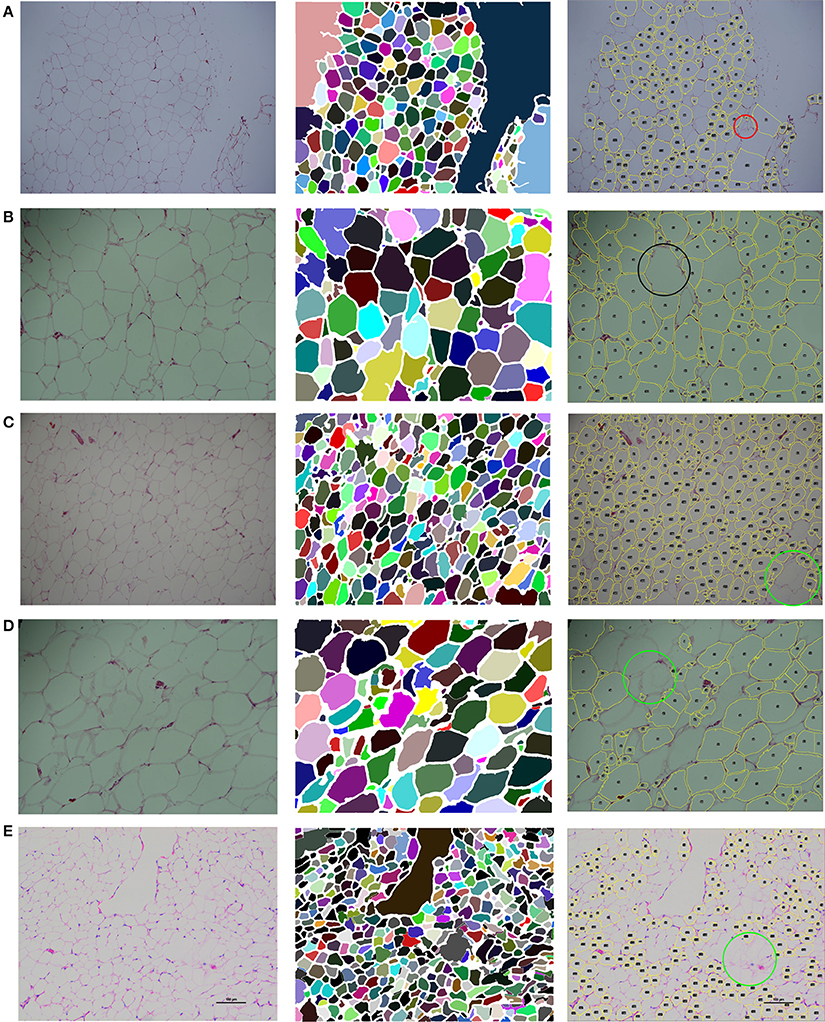


There are many studies in which the volume of the cerebellum is measured and different methods are used. Objective: Cerebellum plays quite important in our balance by coordinating the control and synergistic movements of the skeletal muscles.
Imagej software re download#
A suggested workflow, user-guide, scripted analyses for processing outputs, and download instructions are included as supplementary materials to this article. Each CharTool module is described and demonstrated in a vignette using sedimentary charcoal collected from the Son Servera study area, Mallorca, Spain. CharTool blends standard methods in visual and digital charcoal analysis to increase the analyst’s participation in identifying and measuring charcoal metrics. In an effort to encourage replicable methods and a culture of open science, this paper presents the Charcoal Quantification Tool (CharTool), a free, open-source suite of charcoal and sediment quantification tools designed for use with ImageJ. However, most published studies include only minimal accounts of software configurations or utilize proprietary image analysis programs, thus hindering replication, standardization, and comparability of charcoal analyses across the field. The recent availability of low-cost digital microscopes and imaging software has resulted in the rapid adoption of digital image analysis in charcoal studies. Sedimentary charcoal analysis is increasingly used in archaeological and paleoecological research to examine human-environmental relationships at multiple scales. Results show varying levels of significant statistical difference between types and minimal difference within most types sampled. Pigment and reflectance values acquired from images via Image J software (open source freeware) were compared both within types and between types with one-way ANOVA analysis. Mineral and organic black pigments from five black-on-white ceramic types (Jemez, Cortez, Chuska, Red Mesa, and Abiquiu) from the American Southwest were used for comparative purposes. This pilot study explores the ability to utilize this non-destructive technique to analyze variability of pigment recipes within ceramic types and between types. Multispectral cameras take multiple images at 370nm, 448nm, 476nm, 499nm, 519nm, 598nm, 636nm, 700nm, 735nm, 780nm, 870nm, and 940nm wavelengths with UV bandpass, visible bandpass, and long pass filters to increase the range of captured information to include UV reflectance and fluorescence emission images. Multispectral imaging cameras are frequently used in art conservation for identifying pigments, as well as for monitoring change in pigments over time. Generalized Linear Mixed Effects Models were used to determine the effect of type.

The same measurements were taken from 101 scaled photographs of the leopards recorded during a baited-camera trapping (BCT) survey conducted from July 1 to Octoand differences from the actual measurements calculated. A total of 10 leopards (Panthera pardus) were captured and collared at Malilangwe Wildlife Reserve, Zimbabwe from May 7 to Jand four body measurements namely shoulder height, head-to-tail, body, and tail length were recorded. The objective of this study was to test whether it is possible to obtain accurate measurements of body dimensions of leopards from camera trap photographs. Development of an alternative, inexpensive, and non-invasive method therefore warrants attention. This process can be dangerous, costly and potentially harmful to the target individuals. Measurement of body dimensions of carnivores usually requires the chemical immobilization of subjects.


 0 kommentar(er)
0 kommentar(er)
